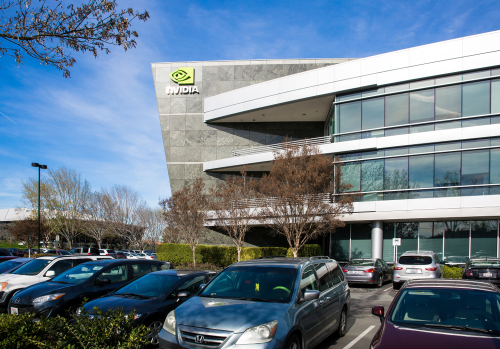Nvidia stock drops as self-driving test halt overshadows annual celebration
Nvidia Corp. shares suffered their third-worst day since 2011 on Tuesday, as the company’s decision to halt testing of self-driving cars overshadowed new products announced at its annual developers conference.
Nvidia NVDA, -1.50% stock closed with a 7.8% drop at $225.52, with the decline starting after Reuters reported that the company had halted self-driving tests after an Uber Technologies Inc. test car killed a pedestrian in a collision last week. The report arrived just as Chief Executive Jensen Huang took the stage in San Jose, Calif., for his keynote at the chip maker’s GPU Technology Conference, in which he explained where Nvidia is taking its advances in artificial intelligence.
Huang did not bring up the self-driving halt in his keynote, but did address it in a subsequent session with the media and at an Investor Day event with analysts Tuesday. In both sessions, Huang stressed that stopping the testing was strictly cautionary in case the investigations into the pedestrian death show an issue beyond Uber.
“The reason we suspended was actually very simple — obviously there’s a new data point as a result of the accident last week,” Huang said in a Q&A session with the press. “As engineers, we should wait to see if we learn something from that experience.”
“Until I learn something from this, let’s pretend there is something to learn,” he told analysts at the Investor Day presentation, presenting it as an “abundance of caution.”
“While it is unclear if the timeline will be pushed out (2020 automotive story), the pause will likely cause a reassessment of timelines,” Steves, who maintained an outperform rating and $285 price target, wrote in a note Tuesday.
One of the new technologies Huang showed off Tuesday was a self-driving simulator, a virtual environment that would allow companies to evaluate and train their autonomous-driving technologies in an environment without the dangers of real-world testing. Nvidia executives claim that the virtual environment can simulate bad weather, dangerous conditions and other situations that have caused trouble for autonomous vehicles, though they said it would not completely preclude the need for real-world testing.
“I think this will enable the acceleration of moving through that process to get to the point where we’ll be able to continue to augment with actual testing, but to be able to have additional software developed in a faster amount of time,” Danny Shapiro, Nvidia’s senior director of automotive products, said in response to a question from MarketWatch. “So, we’re not saying that it will necessarily totally replace it, but [provide] a lot more simulated miles.”

